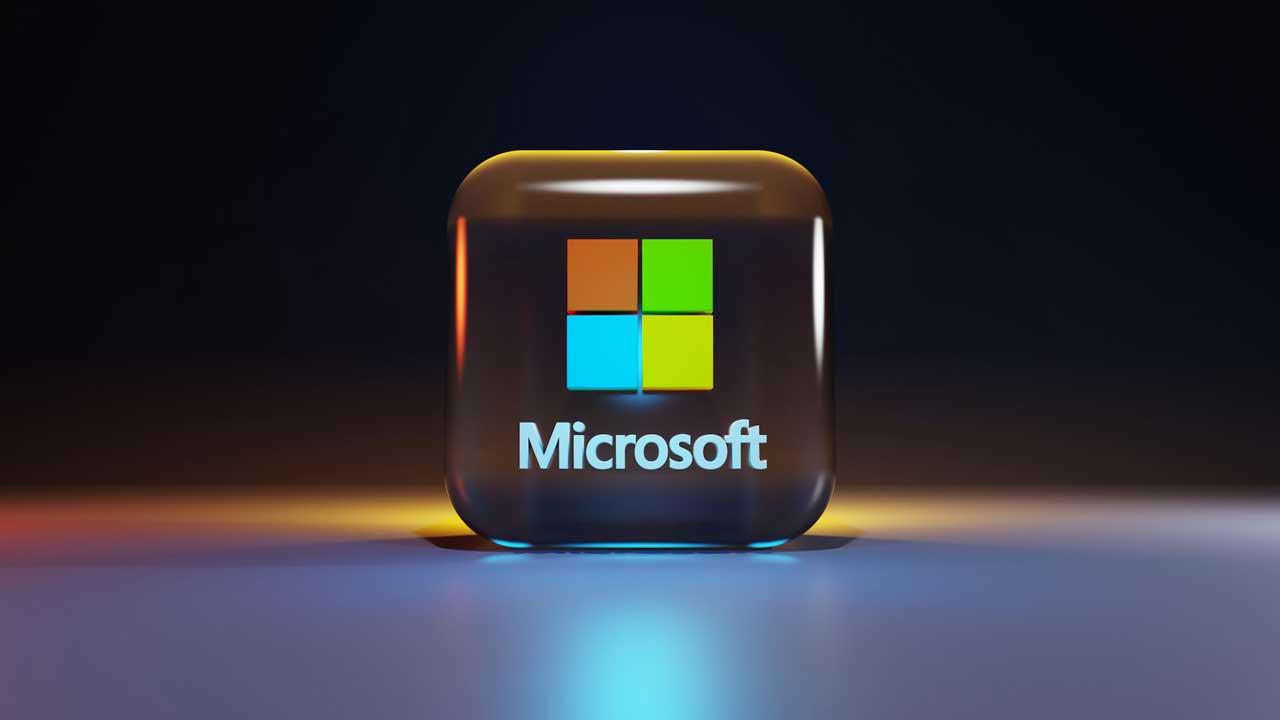For you, as for most, being connected practically all day is a necessity, and to achieve this, we depend on the quality of the mobile signal. But many times we don’t really know how good our signal is or how we can measure it reliably. This is where two key parameters come into play: the RSSI and the RSRP. These indicators may seem complicated at first glance, but in reality, understanding them will help you know if you are getting the most out of your connection.
If you’ve ever experienced dropped calls, slow internet, or problems sending messages, chances are your mobile signal isn’t in its best shape. Evaluating the signal level through the correct parameters will help you detect if something is wrong and, more importantly, improve your connection. In this article, I explain what RSSI and RSRP are, how they work, and why they are crucial to having an optimal mobile network experience.
What is RSSI?
The RSSI (Received Signal Strength Indicator) is a measurement that tells you the strength of the signal that your device receives from the mobile network antenna. This measurement is key to understanding if the signal level you are getting is good or not. It works with negative values, the closer the number is to zero, the better the signal level you are receiving. For example, a value of -30 dBm indicates an excellent signal, while a value of -100 dBm will tell you that your coverage is quite poor.
RSSI is not only useful for mobile networks, it is also used in other wireless systems such as WiFi. While it’s a metric that gives you a good idea of signal strength, it doesn’t tell the whole story. Being influenced by external factors such as interference, it is not always the best indicator of the overall quality of your connection.
What is the RSRP?
On the other hand, RSRP (Reference Signal Received Power) is a more accurate metric when we talk about mobile networks, especially in technologies such as 4G and 5G. Unlike RSSI, which measures the overall signal, RSRP focuses on the strength of the reference signals, giving you a clearer view of the quality of the connection, especially for data transmission.
The RSRP also uses negative values, and again, the closer it is to zero, the better your signal will be. If the RSRP is above -90 dBm, your connection will be excellent. On the other hand, values lower than -110 dBm indicate that the signal is very weak and that you could experience connectivity problems.

Differences between RSSI and RSRP
The main difference between RSSI and RSRP lies in their accuracy. While RSSI measures the power of the entire received signal, including interference, RSRP focuses on the specific signals used for data transmission, making it a more reliable indicator when it comes to evaluating network quality. mobile.
While both are important, RSRP is generally more useful for understanding how your mobile connection is performing, especially when you’re trying to troubleshoot signal problems or evaluate the quality of service you’re receiving.
How to improve the signal?
Once you understand how RSSI and RSRP work, you can use these values to optimize your connectivity experience. If you notice that your signal is weak, try moving your device to a location where it will receive better coverage, such as near a window or in an elevated area. You can also consider using signal boosters if you live in an area with poor coverage.
Therefore, knowing these parameters will allow you to make more informed decisions about your mobile connectivity and improve the quality of your connection, which will allow you to enjoy a better experience when using the internet, making calls or sending messages.














